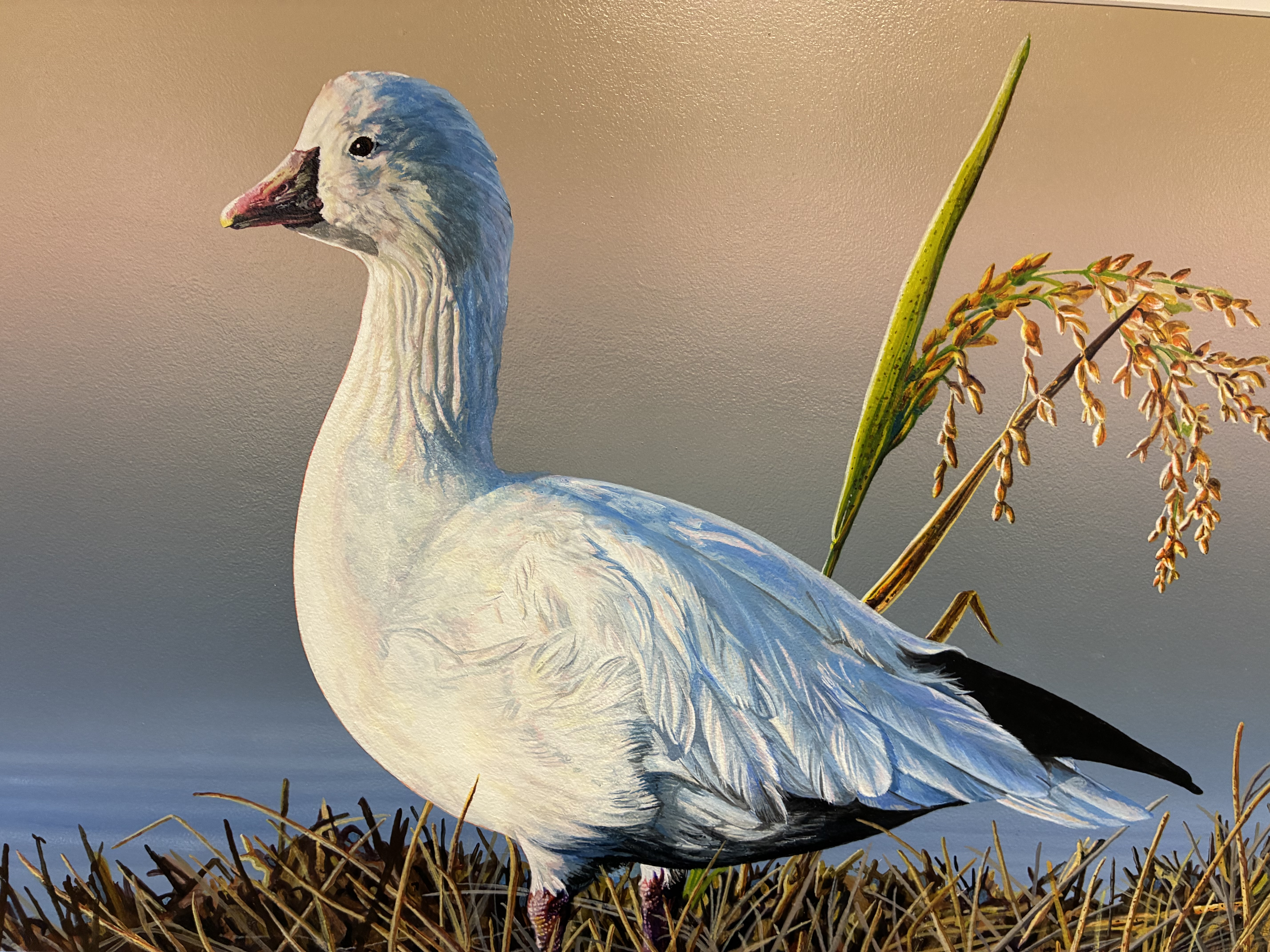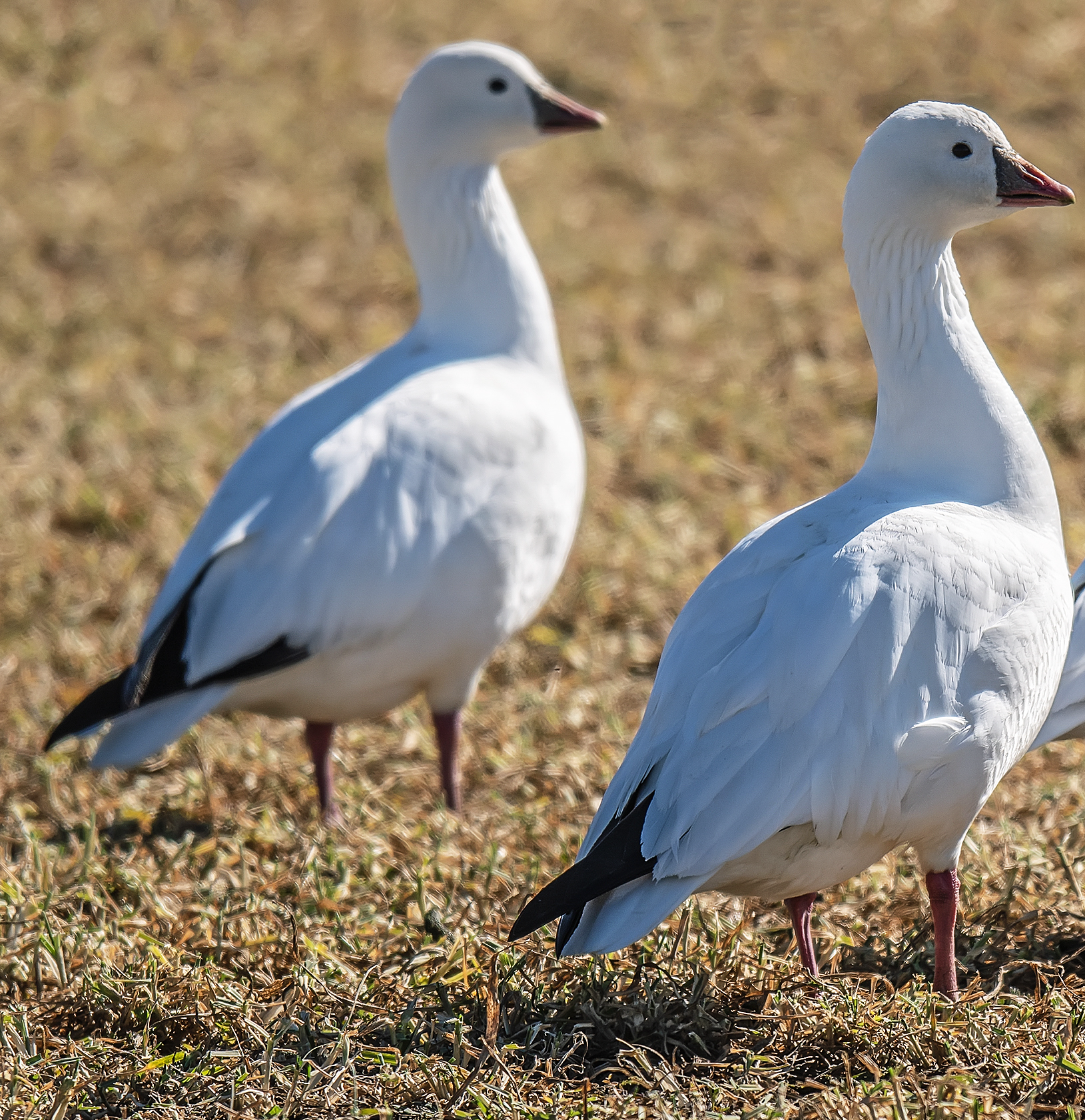Louisiana Duck Stamp Program
The Louisiana Legislature authorized the Louisiana Waterfowl Conservation Stamp program in 1988. The program was created to generate revenue for conservation and enhancement of waterfowl populations and habitats in Louisiana. During the last 36 years, more than $17 million has been generated for wetland conservation with approximately $6 million spent on land acquisition. In addition, revenue has supported wetland development projects on Wildlife Management Areas and the Louisiana Waterfowl Project, a cooperative endeavor between LDWF, Ducks Unlimited, the Natural Resources Conservation Service, and U.S. Fish and Wildlife Service to provide habitat for waterfowl and other wetland birds on private lands.
Order your $15.00 collector stamp using the form below.

2026 Louisiana Duck Stamp Winner
Tim Taylor of Watertown, South Dakota, has won the 2026 Louisiana Waterfowl Conservation Stamp Competition sponsored by the Louisiana Department of Wildlife and Fisheries (LDWF) with his beautiful rendition of the Ross’s goose. Taylor also won the 2018 contest, placed second last year and third in 2021. The Louisiana Waterfowl Conservation Stamp bearing that design will go on sale June 1, 2026.
Stamps can be purchased from the LDWF licensing website, where hunting licenses are purchased, or by sending a duck stamp request form.
Louisiana Duck Stamp Contest
The featured species for the 2026 competition will be the Ross’s goose. This is the first time the Ross’s goose has been the focus of Louisiana’s duck stamp art competition, now in its 38th year”, said Waterfowl Program Manager, Jason Olszak.

About the Ross's Goose
Classified in the waterfowl subfamily Anserinae, the Ross’s goose is the smallest of the genus Anser, within which three other familiar North American goose species are found: the snow goose, greater white-fronted goose, and the emperor goose. The Ross’s goose is variably common and often overlooked in Louisiana due to its physical similarities to, and propensity to occur in mixed-species flocks with, the far more numerous lesser snow goose. These two species are collectively referred to, managed, and harvested in aggregate as “light-geese” in the mid-continent. Within Louisiana, Ross’s geese are mostly present in the agricultural landscapes of the gulf coast and lower Red and Mississippi River Alluvial Valleys from November to February. They winter, migrate, and nest sympatrically within large flocks of snow geese, beginning northward migration out of the south in February to destination breeding colonies in Canada’s central Arctic, Hudson Bay, and Baffin Island.
Characteristic of geese, male and female Ross’s are externally similar in appearance: small white geese with black wingtips, stubby pink bills, and pink feet (juveniles have gray feet). They can be distinguished from snow geese by overall size (1/3 smaller), shorter/stubbier bills with the absence of a pronounced “grin-patch”, and sometimes with the presence of grayish, wart-like, caruncles at the bill’s base. Blue-phase Ross’s geese are particularly uncommon as opposed to snow geese, for which flocks may be composed of nearly equal proportions of blue-phase birds which are variably gray on the body and neck. Juveniles of both species are characterized by an overall grayish hue to the head and neck feathers in addition to the grayish legs and feet. Audibly, the calls of the Ross’s goose are slightly higher pitched.
Designated, along with lesser snow geese, as over-abundant in the late 20th century due to documented damage to coastal arctic breeding habitats, light geese were targeted for population reduction via increased harvest as part of the Conservation Order (C.O.) that began in the United States in 1999. The C.O. sought to reduce light-goose population growth rate (and arctic ecosystem recovery) by increasing the harvest rate of adult birds through such means as unlimited or increased daily bag limits, allowing the use of electronic calls, unplugged shotguns, and the extension of harvest opportunity beyond the March 10 end date for migratory bird hunting outlined in the Migratory Bird Treaty Act. A retrospective review of demographic data suggests the C.O. was ineffective at reducing both snow and Ross’s goose adult survival and growth rates. Population estimates continued to increase until around 2015 when a steady decline began, likely due to reduced productivity as a result of high goose densities on staging and breeding habitats.

2026 Entry Information
To enter, an artist must submit an original, unpublished work of art, along with a signed and notarized artist's agreement and a $50 entry fee. Entries should be addressed to:
Louisiana Department of Wildlife and Fisheries
Attn: Louisiana Waterfowl Conservation Stamp Program
2000 Quail Drive
Baton Rouge, LA 70808
Entries will be accepted from Oct. 20-Oct. 28, 2025, the contest will be held in the Joe L. Herring (Louisiana) Room at the LDWF Headquarters building, beginning at 10 a.m. on Oct. 29, 2025. The public is invited to attend.
Entrants are encouraged to view the 2026 Louisiana Waterfowl Conservation Stamp competition artist agreement and the full list of duck stamp contest rules.
Please note the guidelines regarding the rules regarding the shipping of paintings implemented in 2020. LDWF wants to minimize the risk of damage during the shipping of contest entries.
Judging
Judging for the art competition will be based on the following criteria:
- Accuracy of form, size, proportion, color and posture.
- Level and accuracy of detail in all aspects of the waterfowl.
- Appropriateness, accuracy and detail in depiction of the habitat.
- Attractiveness and creativity in composition, subject, background and lighting.
- Suitability for reproduction as stamps and prints.
A panel of judges with experience in waterfowl biology and/or artistic method will select the winning design. The competition is open to all artists 18 years of age and older. Employees of LDWF and members of their immediate families are ineligible.
